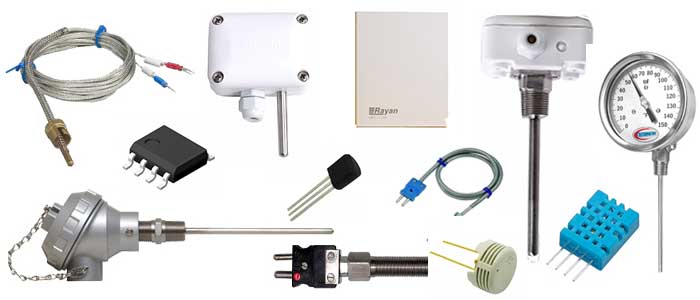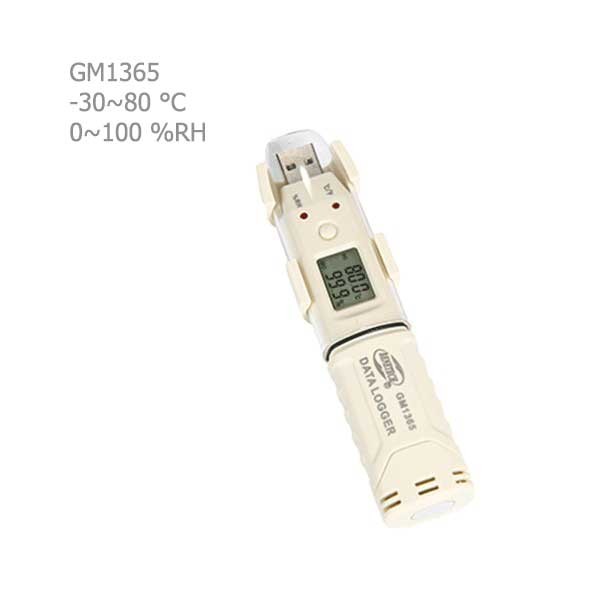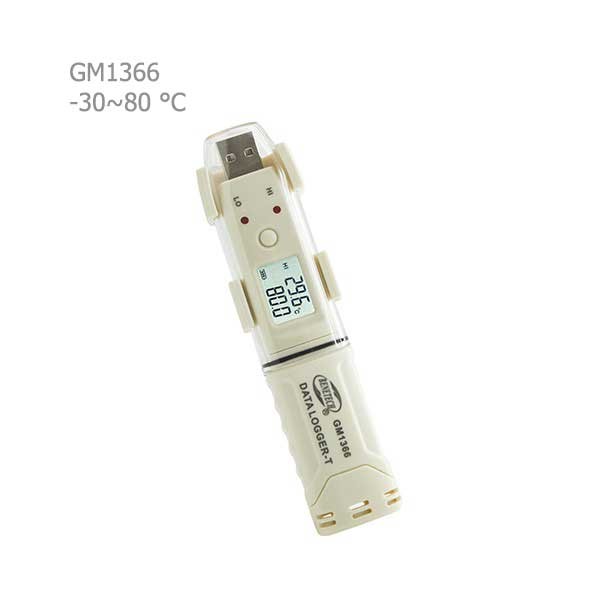Temperature sensor and humidity sensor
As you know, the main prerequisite for doing any work is to have proper information about that subject. In order to choose, review the prices, buy and know more about temperature sensors and humidity sensors, the following contents are included so that you, dear visitors of the specialized website of Damatajhiz, can use these information to choose and buy different types of channel and submersible temperature sensor and humidity sensor of Honeywell, Rayan Electronics, Bentec, etc. in bulk.
Introduction and operation guide of temperature sensor and humidity sensor
The temperature sensor is one of the most critical and practical devices used in most industrial activities because, in industrial projects, the temperature is one of the critical and influential factors that should be considered. Temperature sensors used to measure temperature and heat are available in different types and are used in simple on and off thermostatic parts of a household water heater to sensitive semiconductors that control furnace processes in a factory. The use of thermocouples and temperature resistance sensors, called RTD, is done by measuring the temperature in solids by connecting to them and liquids by floating in them.
The temperature and humidity sensor allows for monitoring and storing information related to the environmental conditions of the UPS and battery installation location by connecting to the NetMan 204 module. Metals that have a high melting point and are resistant to corrosion are used in constructing the temperature sensor. Platinum is the best metal for RTDs because the relationship between temperature and resistance is linear. Copper is also a metal with a relatively linear relationship, but its measurement range is less than platinum.
Nickel also has high RTD sensitivity, but for temperatures higher than 400 degrees, the relationship will become highly non-linear. Tungsten can also measure very high temperatures, but it is less commonly used due to its instability problems. Standard RTDs have a resistance of 100 ohms at zero temperature and are made of platinum, the so-called P100.
Join us in introducing and checking the performance of various temperature and humidity sensors in the rest of this article.
Installment purchase of temperature sensor and humidity sensor
For your convenience, dear customers, Damatajhiz Group has provided the possibility of installment sales. You can refer to the installment purchase page for the installment purchase of the temperature sensor and humidity sensor.

Types of temperature sensors
contact temperature sensor
These types of sensors are the most common temperature sensors and are the most used in temperature measurement. Contact sensors measure their temperature by directly interacting with the desired object.
Contact sensors for connection require one of PT100, S, T, R, E, J, and K-type sensors, and in each of these models, the shape, diameter, and length of the sensors can be changed and selected.
The common structural characteristics of these sensors are a sensor body, a sensor element, connecting wires, and a screw adapter.
Contact temperature measurement methods
Thermocouple temperature sensor (TH): It is made of two metals with different materials and different transmission coefficients, and according to these characteristics, when it senses heat, it shows different behaviors, which cause voltage between the two metals. And this voltage difference expresses the temperature. Thermocouples are divided into categories based on the type of metal they are made. E, T, J, K, etc., most important are thermocouples. Considering that the temperature range of thermocouples is different and they have different types, each one has different prices.
RTD temperature sensor (RTD): These sensors, also known as resistance temperature sensors, have a temperature controller using resistance, in which a variable resistance is used with temperature, and by changing the resistance, the amount can be Noticed as temperature change.
RTDs are divided into three categories: 2-wire, 3-wire, and 4-wire, 4-wire models have the highest price, and 2-wire models have lower accuracy, so 3-wire RTDs are the most suitable option for industrial use.
RTD sensors are more accurate than thermocouple sensors and have an accuracy of about 0.1 degrees Celsius and a faster response time. PT100, PT 1000, and NTC are among the most famous RTD sensors.
Non-contact temperature sensor
Measuring temperature with non-contact sensors is more complicated and can be done using sound and infrared technologies. These sensors use convection and radiation to estimate temperature changes and measure their temperature without contacting the desired material. Non-contact sensors detect liquids and gases that emit energy when the temperature changes (cold or warm).
For example, if we want to measure the temperature of the liquid inside a tank, but due to the size of the tank, it is not possible to contact the fluid inside it, in such a situation, laser and non-contact sensors can be used above the surface of the temperature tank. Also, if you want to measure a dangerous substance but it is impossible to get close to it, non-contact sensors can measure it.
Essential points in buying a temperature sensor
Temperature sensors are used for different applications, and it is essential to choose the right one for different applications.
Since temperature sensors are available in different time frames and measurement methods, you should have accurate and complete information about them when choosing and buying them.
Essential points in choosing a temperature sensor
- timespan
- precision
- response time
- sustainability
- Linearity
- allergy
- connections
- sheath type
- sheath length
- sheath diameter
- Exit signal
- prepare a plan
According to the abovementioned, if high sensitivity and flexibility are a priority, you should use RDT sensors. Still, if cost and price are essential, thermocouple sensors are a better choice for you. Therefore, in choosing a suitable temperature sensor, it is vital to check its various features and suitability for your application.
Temperature and humidity sensor
The humidity sensor measures the relative humidity in the environment and reports the measured values. The humidity sensor measures both humidity and temperature.
Measuring the humidity is possible in two ways: relative and absolute. Absolute humidity is measured as the amount of water vapor in a unit of air volume. The amount of moisture that the air volume can have depends on the environment's temperature. The unit of measurement of absolute humidity is grams per cubic meter or milligrams per liter.
Relative humidity is the amount of moisture in a volume of air at a given temperature (the maximum moisture that air can have at the same temperature). The relative humidity is expressed as RH percent. It is crucial to control the relative humidity in the isolation room and examination and treatment room.
Humidity sensors are available in different types; usually, the humidity sensor has a thermometer.
Types of humidity sensors
Humidity sensors are divided into three categories in terms of measurement mechanism and internal structure:
Capacitive humidity sensor: These sensors have a higher price and have a more accurate measurement level.
Resistive humidity sensor: This is used in less virtual environments.
Industrial temperature and humidity sensor: The humidity detection sensor is environmental. For example, the hygrometer sensor is used in greenhouses to adjust the environment's humidity level. DHT and SHT sensors are among the most widely used industrial temperature and humidity sensors, and they are a suitable choice for controlling the temperature and humidity of closed environments. DHT sensors are used for temperature and humidity management in the construction of intelligent greenhouses, and SHT sensors are used to construct incubators.
Digital and analog temperature and humidity sensor: Temperature and humidity sensors are produced in two types, digital and analog, and the only difference is in their output type. In digital sensors, a train of pulses with zero and one logic appears. Still, in analog sensors, the voltage or current level changes according to the humidity level and is continuous.
Applications of the humidity sensor
Humidity sensors in pharmaceutical processes, sterilization devices, respiratory equipment, laboratories, incubators, chemical gas purification, biological products, dryers, furnaces, ovens, papermaking, textiles, food industry, mushroom breeding halls, greenhouses, Food storage centers, workshops, industrial air conditioning systems, meteorology, intelligent homes, computer centers, server rooms, sites, vehicles, heavy machines, cars, animal farming and agriculture, museums, libraries, military equipment And they are used wherever humidity is essential.
How the temperature and humidity sensor works
Temperature and humidity sensors measure the relative humidity in the air and provide a standard output of 0.4~20mA or 0~10V as input to the control equipment.
Important points when buying a temperature and humidity sensor
-
temperature range
-
Suffering from humidity
-
Temperature and humidity sensor's power supply voltage
-
Output type
-
Measurement accuracy
-
Optimal measurement
-
Fast response time
-
The appearance of the sensor (wall, cable, duct)
-
Good chemical tolerance
It would be best if you also considered some factors such as linearity, hysteresis when working above the range, repeatability, stability over some time, and temperature dependence of the sensor.
In the temperature sensor and humidity sensor group of the reference site and store of temperature equipment, see the information and prices of all types of temperature sensors, humidity sensors, temperature and humidity sensors, etc., from Rayan brands, etc., for review and selection.
In addition to a valid business license from the heating and air-conditioning trade union, Dematehiz has an electronic trust symbol and started operating its store site in 2013 in Tehran's head office.
Head Office: No. 463,Talebian Alley,Taleghani St.Tehran,Iran


DamaTajhiz has provided the opportunity to sell and ship specialized HVAC equipment for applicants in the following countries as the first and the most popular online store for selling HVAC equipment (Heating , Ventilation , Cooling , Air conditioning) in the Middle East : Afghanistan – Tajikistan - Uzbekistan – Turkmenistan – Azerbaijan – Armenia – Georgia – Turkey – Iraq – Syria – Jordan – Kuwait – Emirates – Qatar – Oman.

